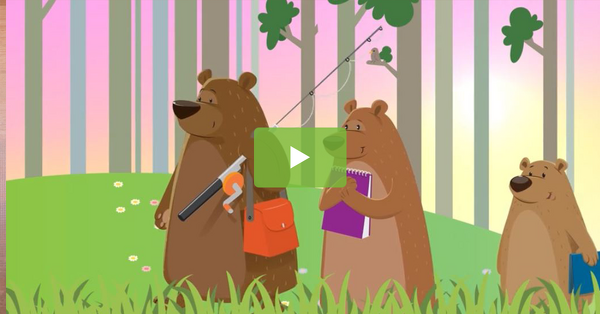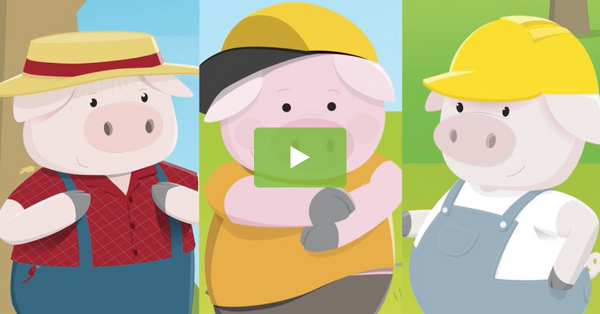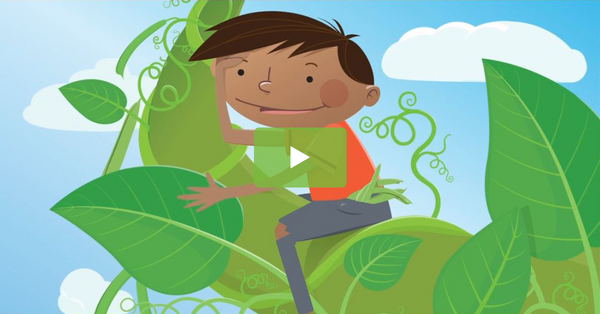Summarise Teaching Resources
Teach students to summarise fiction and non-fiction texts with printable worksheets, graphic organisers, anchor charts, digital activities and more teaching resources created for your primary classroom.
Designed by teachers, for teachers, the resources in this collection are aligned with the Australian English curriculum. Each resource has undergone a careful review by a member of our expert teaching team to ensure they help students build foundational literacy skills.
You'll find editable versions to easily differentiate your instruction for individual students, plus a variety of options to make lesson planning easier this school year so your students will be able to identify the main idea of a text, draw inferences, remember key details and more.
New to teaching this portion of the English curriculum or just looking for fresh and engaging ways to teach students how to summarise paragraphs and articles? Read on for a primer from our teacher team!
What Is Summarising? A Kid-Friendly Definition
Summarising is an important reading comprehension strategy for kids to learn, but are you looking for ways to explain what it means to summarise your class? Try this kid-friendly summarising definition!
Summarising is a way that we retell the main idea and key details from a story in our own words. When we summarise, we are able to share a large amount of information from a paragraph or article in a shorter version.
Why Is Summarising Important?
Learning to identify the main idea and key details in a text helps young readers better understand what they have read and retain the information more effectively.
From there, summarising helps students develop their writing skills, requiring them to synthesise the information they've learned and present it clearly and concisely in summary form.
Teaching Students How to Summarise
Before students learn to summarise, they typically learn to retell a story — recalling and describing the key events and details of a story in the order they occur. Summarising is related to retelling, but it's a more nuanced and advanced skill that kids develop later in primary school.

To summarise, students need to learn to choose details carefully rather than describing the story or paragraph in full. They need to condense just the most important information from the story into a brief overview or synopsis called a summary.
They also have to select and prioritise information to present it concisely in a way that makes sense to the reader.
When summarising a paragraph, students may complete one or more of the following:
- Recount the text in their own words
- Identify the main idea, topic or purpose
- List key words or phrases
- Identify structural elements of the genre
What Is SWBST? The Handy Acronym Explained
Using the SWBST process can help students create their summaries and serves as a great mnemonic when teaching reading comprehension. The steps in the SWBST process are:
- Somebody
- Wanted
- But
- So
- Then
Using these words, students can break down a paragraph or story into its key elements, working through the main character (somebody), the what (what they wanted), the conflict (but), what happened as a result of the conflict (the so) and wrapping up with the conclusion (then).
- Plus Plan

Alice in Wonderland Story Video
Introduce the story of Alice in Wonderland to your students with this animated fairy tale video perfect for younger students.
- Plus Plan

Goldilocks and the Three Bears Story Video
Explore the story of Goldilocks and the Three Bears with your students using this animated fairy tale video perfect for younger learners.
- Plus Plan

The Gingerbread Man Story Video
Introduce the story of The Gingerbread Man to your students with this animated fairy tale video perfect for younger students.
- Plus Plan

The Three Little Pigs Story Video
Explore the story of The Three Little Pigs with your students using this animated fairy tale video perfect for younger learners.
- Plus Plan

Jack and the Beanstalk Story Video
Introduce the Jack and the Beanstalk story to your students with this animated fairy tale video perfect for younger students.